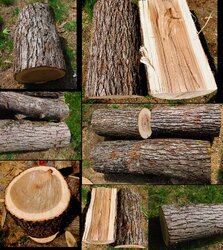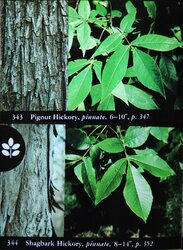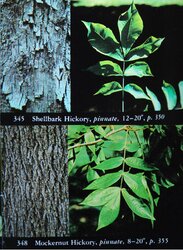These were all cut from the same 20ft trunk sections. Its very heavy and has the same smell as cut Maple. Its dark center and very differnet bark pattern on the smaller crown branches reminds me of some Sweetgum I cut years ago.
My maul seems to bounce right off the bigger trunk sections. Can anyone confirm this type of tree?
My maul seems to bounce right off the bigger trunk sections. Can anyone confirm this type of tree?




